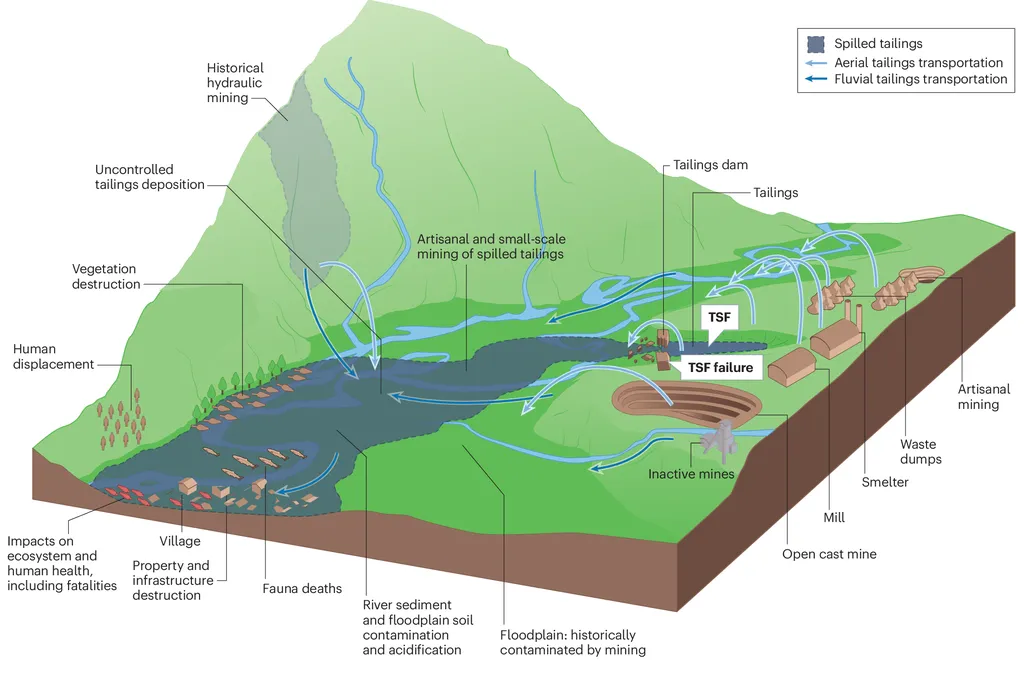In the heart of Spain, a team of researchers led by Rubén Ruiz Bravo from the Centro de Estudios de Equipamientos y Materiales de Construcción (CEDEX) has been delving into the dynamic properties of soils, with a particular focus on tailings—a byproduct of mining processes. Their work, recently published in the journal *Geotecnia* (English: Geotechnics), offers a comprehensive approach to understanding how these materials behave under dynamic loading, a critical factor for the energy sector, particularly in areas where tailings dams are prevalent.
Tailings dams, often used to store mining waste, can pose significant risks if not properly managed. Understanding their dynamic behavior is crucial for ensuring the safety and stability of these structures, especially in seismic zones. “The study of dynamic soil properties is not just about academic interest; it’s about real-world safety and economic impact,” says Ruiz Bravo.
The research team employed a combination of field and laboratory techniques to characterize the dynamic properties of tailings. In the field, they used seismic registration with a PS logging probe, while in the laboratory, they utilized simple cyclic direct shear tests, resonant column tests, and Bender elements. This multi-faceted approach allowed them to obtain a complete degradation curve, providing a thorough understanding of the material’s behavior across a wide range of deformations.
One of the most compelling aspects of this research is its potential to shape future developments in the field. By validating an integral approach to dynamic evaluation, the study paves the way for more accurate assessments of tailings dams and other structures built on or with similar materials. This could lead to improved design standards and safer practices, ultimately benefiting the energy sector by reducing risks and enhancing the sustainability of mining operations.
The consistency of results across different techniques is a testament to the robustness of the approach. “We were pleased to see that the results from different methods aligned so well,” Ruiz Bravo notes. “This consistency gives us confidence in our findings and their applicability to real-world scenarios.”
As the energy sector continues to grapple with the challenges of sustainable resource extraction, research like this becomes increasingly vital. By providing a clearer picture of how tailings behave under dynamic loading, this study helps to ensure that the structures built to contain them are as safe and stable as possible. This, in turn, can contribute to the overall sustainability and efficiency of mining operations, benefiting both the industry and the environment.
Published in *Geotecnia*, this research offers a valuable contribution to the field of geotechnical engineering, with implications that extend far beyond the confines of academic study. As the energy sector continues to evolve, the insights gained from this work will be instrumental in shaping the future of mining and tailings management.

